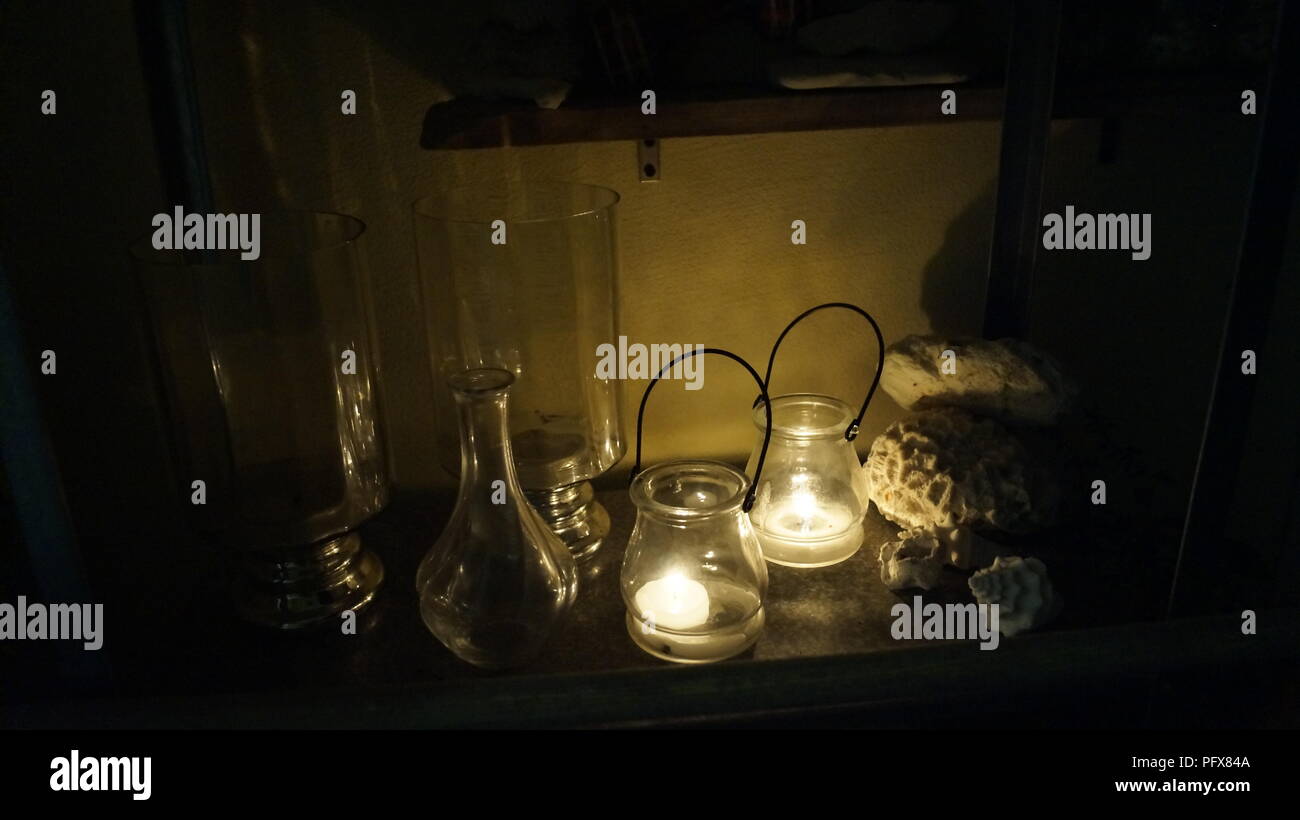

I’m still not sure if this was just an isolated case or something that happens to all LIFX users but I felt the need to mention it. You’re probably thinking why did I mention that at all? Well, initially, my Mini Color bulb needed a firmware update, which it wasn’t able to do without a connection, therefore the light wouldn’t actually work. After some tweaking and a few hours on the phone to my internet provider, I had my Wi-Fi working, meaning, I could connect my LIFX Mini Color properly. Where I had problems was with my Wi-Fi dropping out on my router when I moved between rooms. The problem for me arose when I connected the bulb to Wi-Fi, which isn’t a difficult process. To set up each LIFX bulb, you simply need to screw it in the light socket. Now, this is where I must admit, I did have a few issues here and there. To me, the unboxing experience is superb. A simple cardboard tube which nearly protects the plastic bulb with barely any waste or excess packaging. I feel I must mention the packaging of the LIFX Mini - and by extension the entire LIFX bulb lineup - the unboxing experience was excellent. Now the model I recommend is the Mini Color which starts at $43, is a 9W bulb, has a color temperature range from 2500K to 9000K alongside 16 million colors. The Mini Day & Dusk starts at $30 and is a 9W bulb with a color temperature range of between 1500K and 4000K. It starts at $25 and is a 9W 2700K warm white bulb with an 800 Lumen output. There are three models to choose from, starting with the cheapest and most basic, the Mini White. Some people might not be fans of the flat base LED style of the original LIFX bulbs, so having a more traditional style is always nice in my opinion as it fits more with many desk lamps and general light fittings. Personally, I think the smaller size and footprint are worth the decrease in overall potential brightness. That smaller footprint does mean it isn’t quite as bright, the bigger A60 is capable of outputting 1100 lumens whilst the Mini is only capable of 800 Lumens. It also differs quite a bit from the standard LIFX bulbs by having a rounded shape that decreases the overall size. The LIFX Mini color bulb alternatively does have an attractive and sleek aesthetic. The light it emits should do all of the talking. Design & HardwareĪ light bulb - even a smart one - doesn’t necessarily need to look good when hidden within a lampshade. I am glad that I went down the standalone route rather than the Zigbee-style connection route as the hub introduces one more piece of potentially flakey tech to randomly cause me headaches and issues – although I do appreciate that adding new bulbs via a hub is much quicker than having to link every bulb one-by-one. Starting at around $125 for two bulbs with the Hub. The Phillips Hue conundrum continues when you consider the pricing. I get that doesn’t bother some people, it does frustrate me though, hence the hub-less decision. Phillips make what are seemingly the closest smart bulbs in terms of quality and cost to LIFX, but Phillips Hue options require a Hub to manage all lights. Much like the cheaper Chinese option, the Aussie-made LIFX don’t require a hub to connect to your Wi-Fi and therefore become a much more attractive option for anyone wanting to add some smart home lighting upgrades around the house. That said, when they worked I still really love the Xiaomi Yeelight bulbs. They’re great if you’re in the same position I was and want a cheap option. It felt like a no brainer.įailures, connectivity issues and the way the Yeelight application wouldn’t allow me to remove a broken bulb from my Yeelight online home view meant frustration and some infuriation at the cheaper alternatives. Wanting color changing capabilities means that you can fall down an Amazon rabbit hole looking for cheap, reputable options but Xiaomi do make plenty of quality options at almost stupidly low prices. Until I got my hands on an array of LIFX options, I was exclusively a Xiaomi Yeelight fan.

I know, because I’ve purchased some of the best value bulbs already. There are plenty of good, low-cost smart lighting options on the market.
When the Google Home Mini entered my home over 18 months ago, I didn’t ever anticipate that I’d be spending upwards of $45 on a smart bulb but here we are with a thorough LIFX Mini review and it makes it a key addition to our Google Home Essentials series. Smart home tech began for me with Wi-Fi controlled lighting, and there are a few companies that really shifted my own expectations of what I could do within my home with just a little bit of IoT tech.


 0 kommentar(er)
0 kommentar(er)
